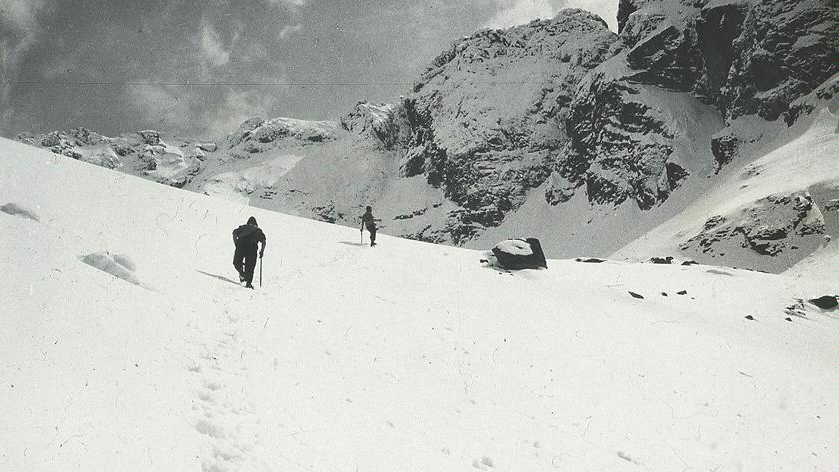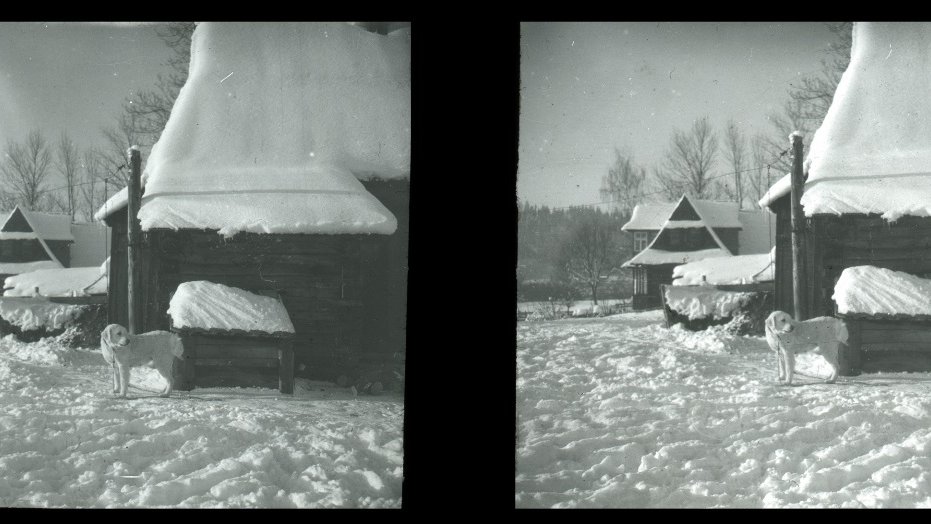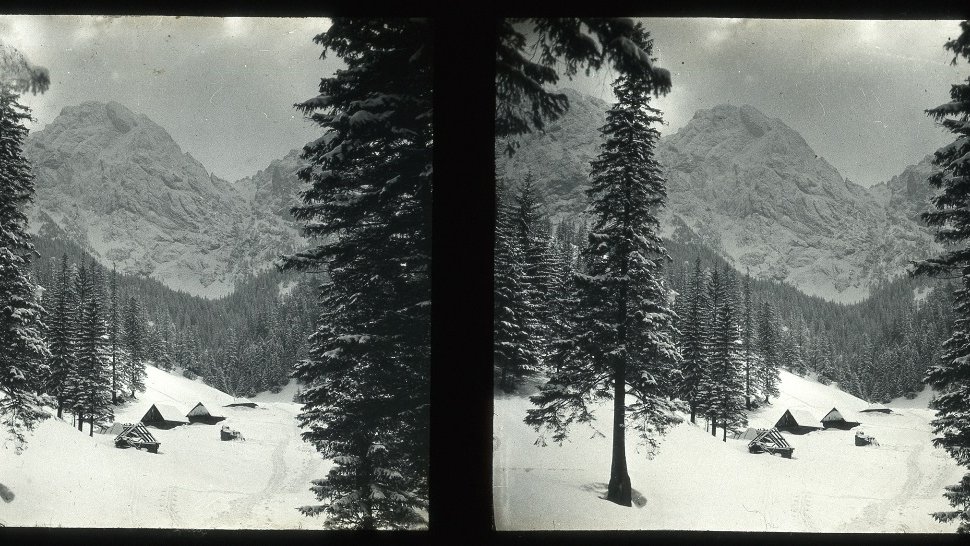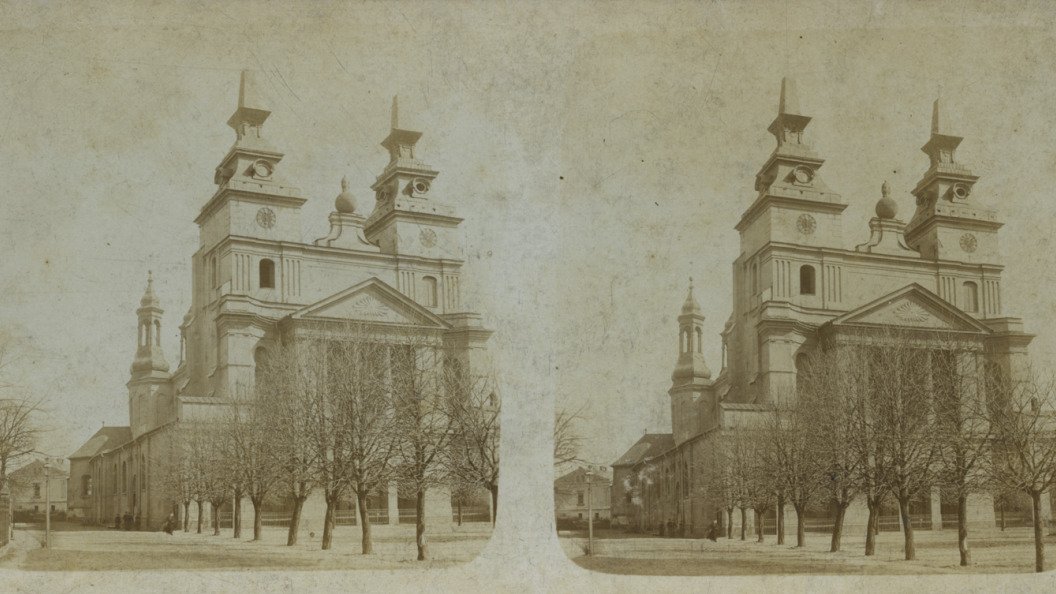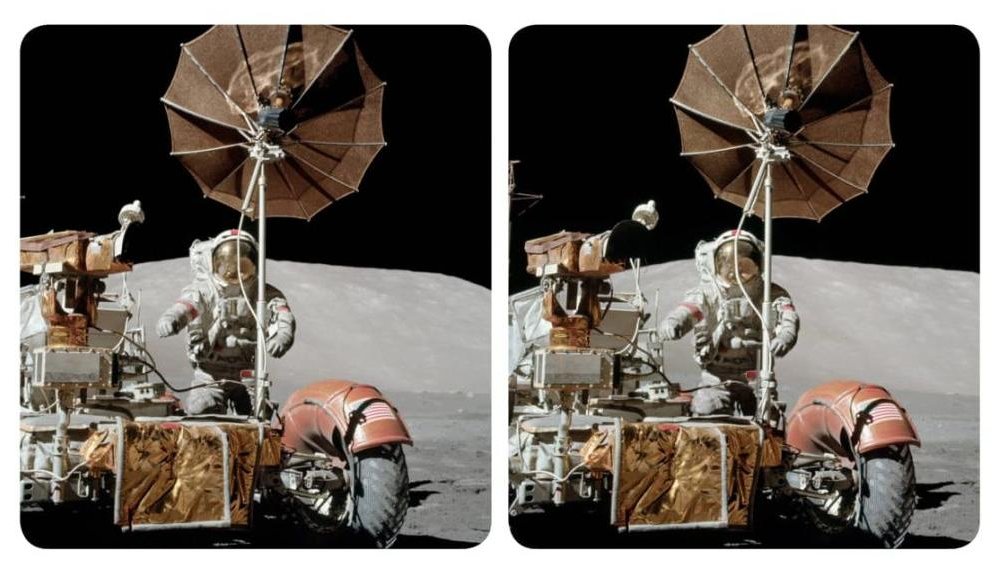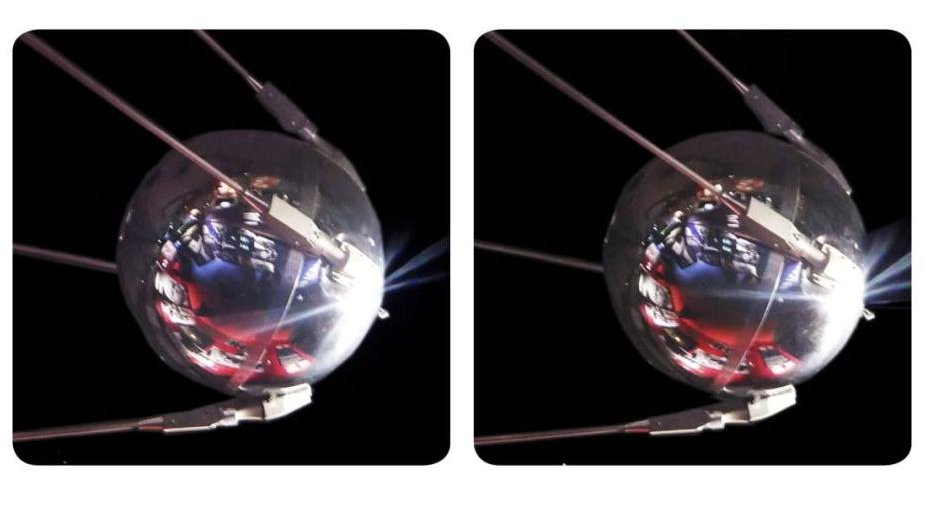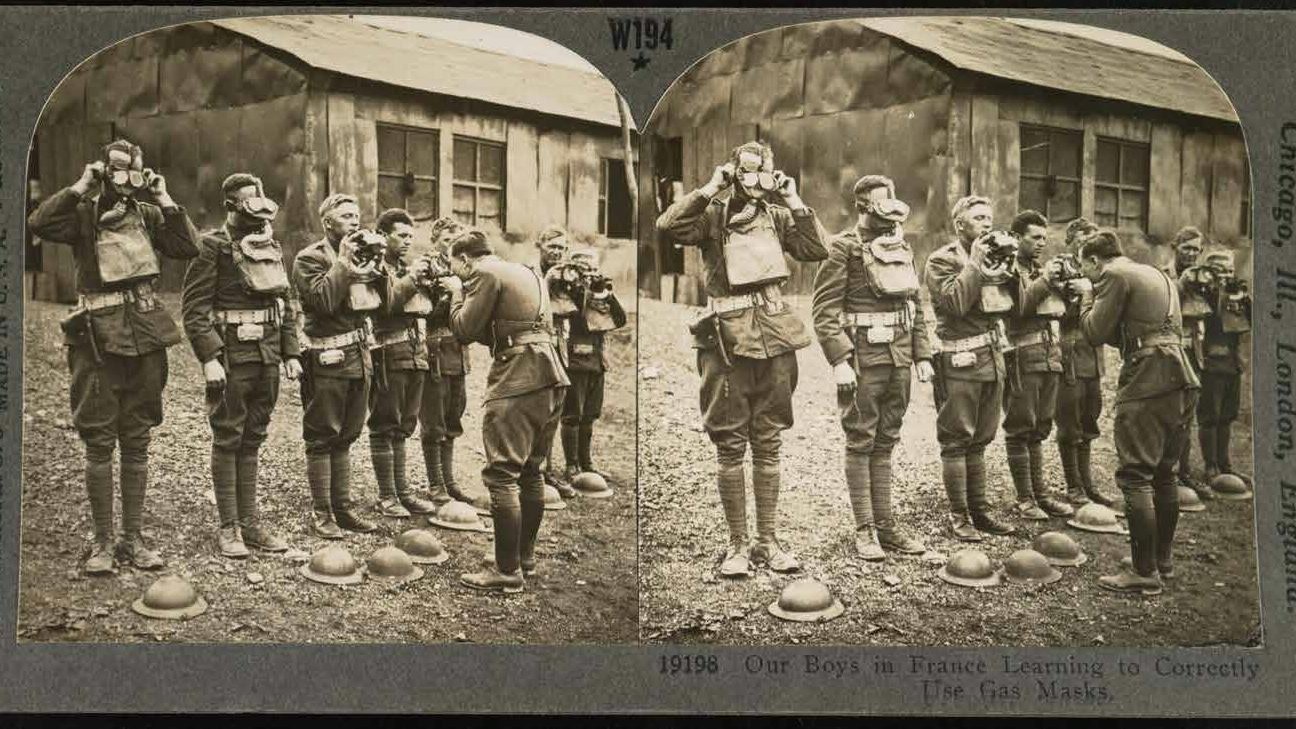The Poznań Fotoplastykon
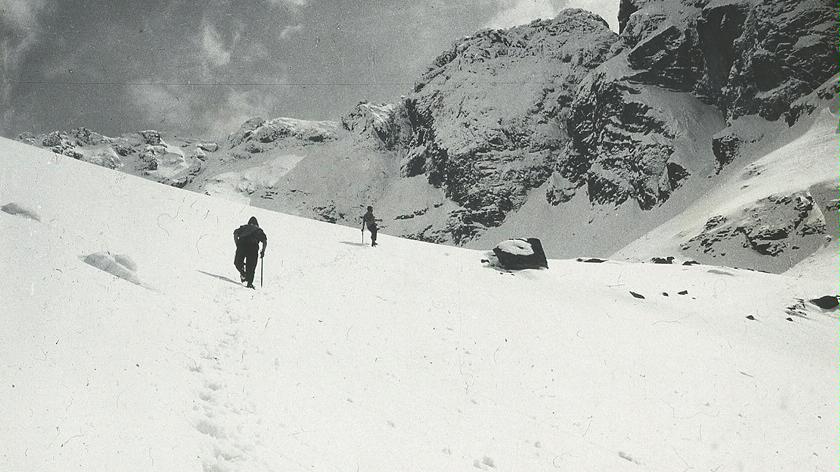
Photoplasticons emerged with the discovery of stereoscopic photography: a method of producing images that offer the illusion of depth. The effect is obtained by taking two pictures of the same object from two different positions. The technique mimics the way images are captured by a pair of human eyes. A breakthrough in the development of photoplasticons came with the construction of the "kaiserpanorama" (imperial panorama) by August Furhmann in the 1880s. At the peak of its popularity, kaiserpanoramas could be found in 250 cities around the world. Furhmann's team of photographers would deliver a new collection of stereoscopic photographs every week. These would then be distributed to his photoplasticons around the globe. With the advent of cinematography, photoplasticons faded into oblivion. Only a dozen have survived the test of time.
The Poznań Fotoplastykon is one of four photoplasticons that remain in operation in Poland. Its origins date back to the early 20th century. While the exact time of its production is unknown, the first mentions of the device date back to 1923. At the time, the device was housed at ul. Piekary 19 and belonged to the Silski family. It changed hands in 1951. Its new owner, Franciszek Siwiec, moved it to ul. Armii Czerwonej 53 (today's ul. Św. Marcin). The site remains the one most readily associated with the Poznań Fotoplastykon, made popular thanks mainly to its successive owners, Władysław Rut and his son Antoni, both local artistic photographers. In the 1980s and 1990s, the Fotoplastykon was a major crowd draw. For many viewers, photographs of exotic destinations were a much-valued way to learn about the world. Unfortunately, with the dawn of the new era, interest in Fotoplastykon plummeted. This forced Antoni Rut to shut down his Fotoplastykon Gallery in 2005. The device itself was dismantled and stowed in a basement. It got a new lease of life in 2015. The photoplasticon was purchased by Wydawnictwo Miejskie Posnania (Posnania Municipal Publishing House), which renovated it thoroughly and renamed it "the Poznań Fotoplastykon". It was installed in the Arsenał Municipal Gallery for four years. In 2019, the device was moved to the premises of the Publishing House in the Arkadia building on ul. F. Ratajczaka 44, where it remains in operation to the present day.
Four exhibitions have been held since the opening of the Poznań Fotoplastykon in Arkadia, all available for online viewing. These are:
- Gleams of Freedom: a display of stereoscopic photographs from World War I showing military operations, city views and historic events offering rare insights into the bygone era;
- Mission Moon: a collection of stereoscopic photographs from space missions in the 1960s and "70s, including those of the first Moon landing;
- Turn-of-the-Century Poznań: an exhibition of 19th and 20th century photographs showing the city transformations over the years;
- The Tatras in Winter: stereoscopic photographs showing the daily lives of Podhale region residents and the scaling of Tatra mountain peaks in winter.
Due to the pandemic, the facility has been closed to the public. As stereoscopic photography buffs await its reopening, they may view past exhibitions at issuu.com/fotoplastykon_poznanski.
Paulina Węgielnik
translation: Krzysztof Kotkowski
© Wydawnictwo Miejskie Posnania 2021
See more

From One Celebration to Another

Christmas Markets and Fairs with Attractions

Truly Festive Vibes

